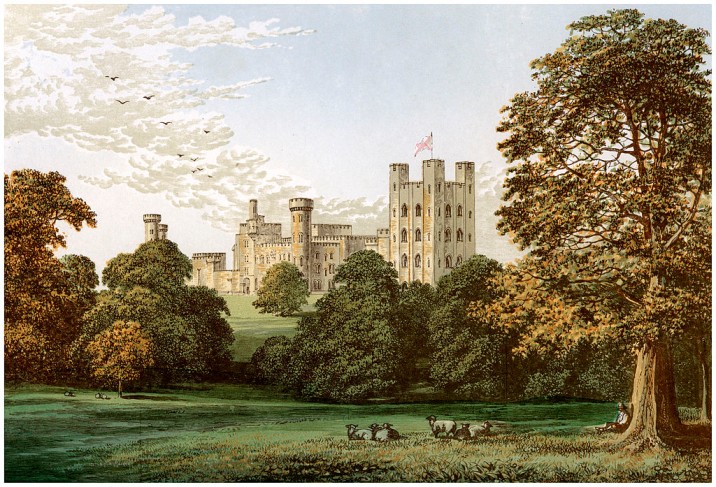THE NATIONAL Trust has revealed that 93 of its properties have connections to slavery and colonialism.
Why did they commission the report?
The National Trust aimed to uncover the histories of colonialism and slavery within its institution and its sites.
It says the purpose of the report is to examine these connections as part of their broader commitment to ensure the history is represented, shared and interpreted.
What did the report find?
Dr Tarnya Cooper, curatorial and collections director says: “A significant number of the places in our care have links to the colonisation of different parts of the world, and some to historic slavery.”
The wealth of many estate and site owners was a product of owning sugar plantations and enslaved people.
For example, the Penrhyn Estate in Wales was owned by Richard Pennant (1737-1808).
Pennant invested the proceeds from the six plantations he owned in Jamaica and the hundreds of enslaved people who worked there, into the slate mines on his estate.
Another example is Francis Drake (1540-96), who travelled with his cousin John Hawkins (1532-95).
Together they captured and enslaved thousands of West African people and sold them to plantations in America.
Drake owned Buckland Abbey in Devon, which is now a Trust site.
In the report, the Trust notes that: “For 500 years British colonialism… was allied with a belief in white racial and cultural superiority. This is reflected across many National Trust places and collections.”
A number of collections were also acquired by officials in the East India Company; the corporation which dominated trade between Europe, Asia and the Middle East between 1600 and 1857.
What will they do going forward?
The Trust says their research has already been used to update digital content and visitor information.
It has also said it will work with global communities, including its black partner organisations to develop understanding between “places, objects and world culture and history”.
They hope this will help make them relevant to their increasingly diverse audience, though they acknowledge that they won’t always get things right, saying: “We will test and evaluate our approaches.
“We accept that much of this is new for us and we won’t always get it right, but we will learn from our mistakes.”


Comments Form